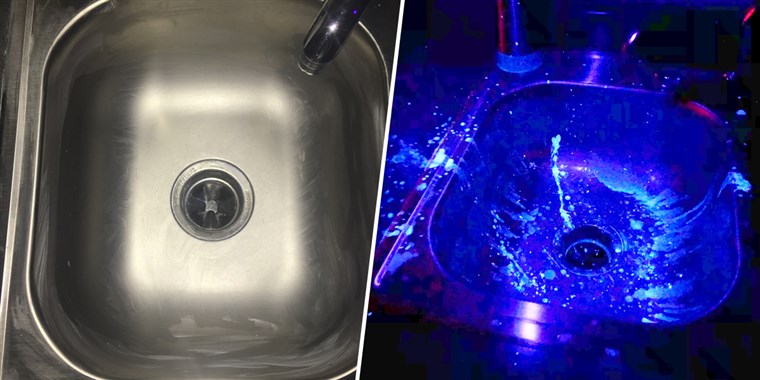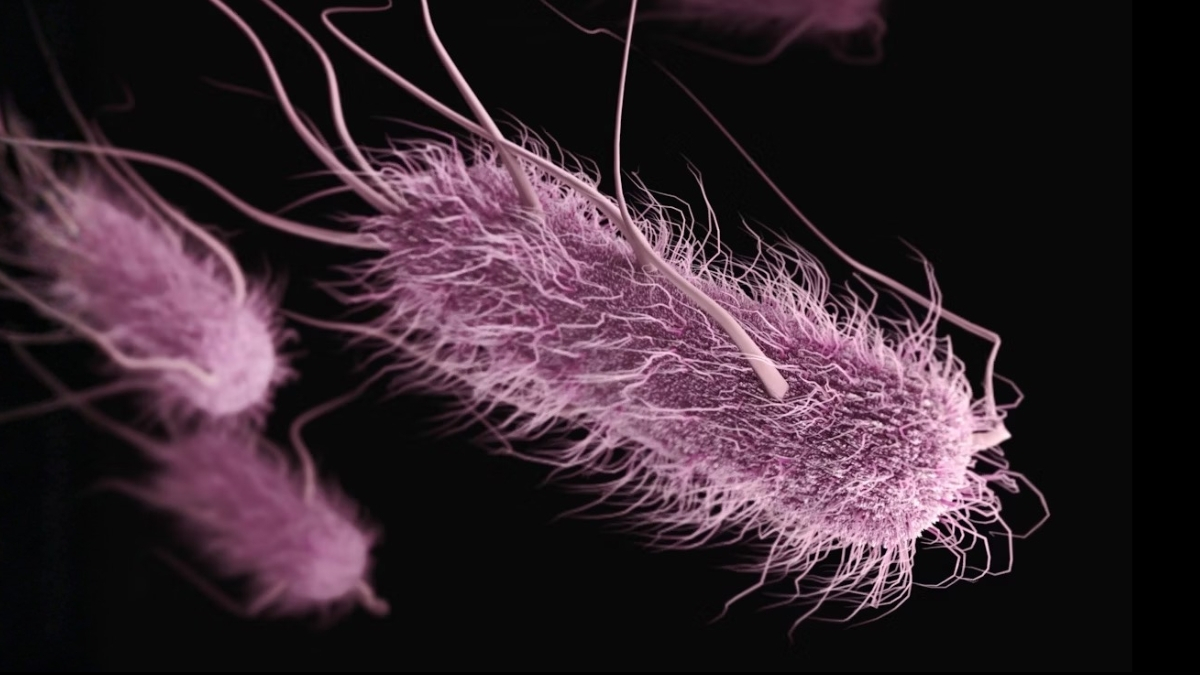Raw meat goo makes prime real estate for microbes, and a new study suggests these luxuriously moist abodes are a significant source of hidden foodborne illnesses, including urinary tract infections (UTIs).
“Urinary tract infections have long been considered a personal health issue, but our findings suggest that they are also a food safety problem,” explains microbiologist Lance Price of George Washington University (GW).
What’s more, the association between meat and UTIs was stronger in specific geographic areas. People living in low-income neighborhoods had a 60 percent higher risk of foodborne UTIs compared to those in wealthier locations.
“Your risk of infection should not depend on your ZIP code,” says Price.
Related: It’s Official: Cranberries Can Reduce Risk of UTI by 50% in Certain People
Millions of people suffer from UTIs every year. Women are especially susceptible and can end up with stubborn, recurring infections and incorrect treatments.
The leading cause of these infections is the bacterium Escherichia coli.
So GW bioinformatician Maliha Aziz and colleagues studied more than 5,700 E. coli samples collected between 2017 and 2021 from patients with UTIs and retail meat, analyzing their genomes to understand how they were connected.
This revealed up to 20 percent of the UTI strains of E. coli matched known foodborne strains with animal origins.
“Contamination rates were also highest among poultry products, especially turkey meat, suggesting that these products may pose the greatest infection risk,” Aziz and team write in their paper.
Meat contaminants likely spread when hands, surfaces, and utensils are not properly sanitized. Here’s the advice from the US Department of Agriculture and the new study:
- Ensure meat and poultry are securely sealed when purchasing
- Prepare meat last, after all other foods (including fruits and vegetables)
- Use a dedicated chopping board for raw meat
- Do not wash raw meat
- Scrub hands with soap for at least 20 seconds between touching raw meat and anything else
- Use a food thermometer to make sure chicken is heated to at least 74 °C (165 °F), 71 °C (160 °F) for ground meats like burgers, and 63 °C (145 °F) for other meats

Aziz and team suspect the problem occurs nationwide, not just in California where the research was conducted. But they caution more work is needed to assess other potential sources of UTI-causing E. coli exposure.
“This opens up new avenues for prevention, especially for vulnerable communities that bear a disproportionate burden,” says Price. “This is why we should be investing more, not less, in research about the social determinants of health.”
This research was published in mBio.
First Appeared on
Source link














